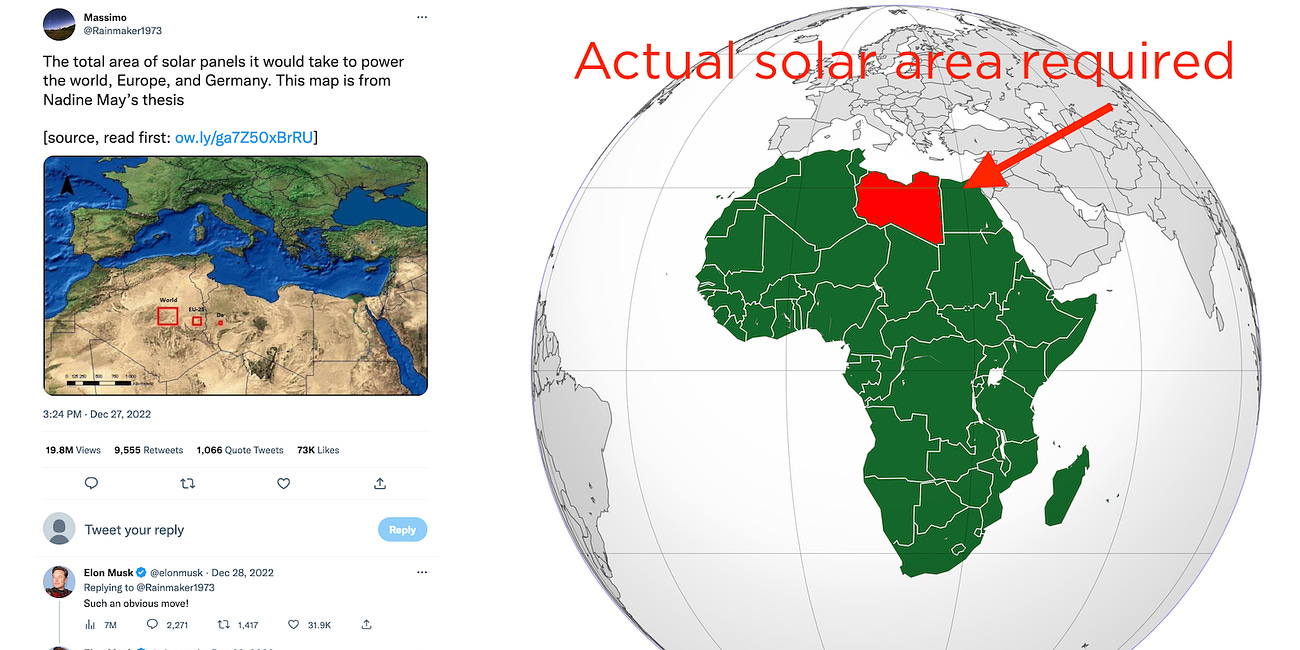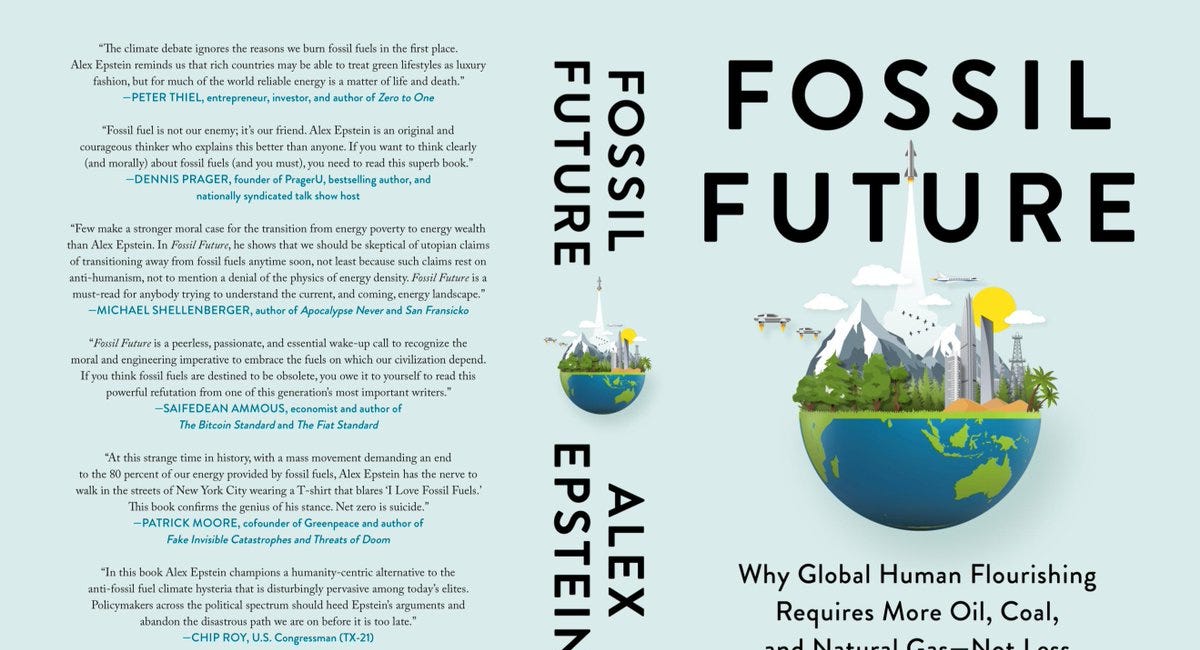Originally published on June 2, 2023
Note: A shorter version of these talking points was published on FoxNews.com.
“Green energy” has 2 problems
1) It’s not really energy: It doesn’t provide reliable energy
2) It’s not really green: It has a huge “environmental impact”
The goal of “green energy” is to pretend to support abundant energy but to actually oppose it.
-
The “green energy” movement claims that it wants cost-effective energy—affordable, reliable, plentiful—just without fossil fuels’ pollution or GHG emissions.
But this is contradicted by its hostility toward clean, non-carbon nuclear and hydro—the most proven alternatives to fossil fuels.
-
You might expect the “green energy” movement to be the #1 supporter of clean, non-carbon nuclear and hydroelectric energy, but instead, it is the #1 opponent. “Green” groups have opposed nuclear for decades (leading to crippling costs) and worked to shut down hydroelectric dams.
-
Why does the “green” movement oppose nuclear and hydro?
It is because “green” solar and wind are just so cost-effective and so “green”?
No. Solar and wind have not proven to be cost-effective at all, and in many ways, they are the least “green” form of energy.
-
“Green energy” isn’t really energy
Calling solar and wind “green energy” makes them seem like other forms of energy, just “green.” But they’re not. All other forms of energy provide reliable energy—real energy—whereas solar and wind are unreliable parasites of reliable energy.
-
Despite claims that solar and wind are rapidly replacing fossil fuels, they provide less than 5% of world energy—only electricity, ⅕ of energy—and, crucially, even that small percentage depends on huge subsidies and reliable (mostly fossil-fueled) power plants.1
-
Solar and wind’s basic problem is unreliability, to the point they can go near zero at any time. Thus they don’t replace reliable power, they parasitize on it. This is why they need huge subsidies and why no grid is near 50% solar and wind without huge parasitism on reliable neighbors.2
-
The popular idea that we can use mostly or only solar and wind with sufficient battery backup is not being tried anywhere because it’s economically absurd. Batteries are so expensive that just 3 days of global backup using Elon Musk’s Megapacks would cost $590 trillion, about six times global GDP!3
Refuting the myth that just a small area of solar panels plus storage can power the world
-
“Green” solar and wind may someday become a part of real energy solutions—if generators using solar and wind are willing to guarantee reliability, instead of generating unreliable power and forcing everyone else to clean up their mess. But today's “green energy” is not real energy.
-
If solar and wind ever become truly cost-effective, you can be certain of one thing: the “green energy” movement will oppose them as insufficiently “green” given their huge “environmental impacts.”
-
“Green energy” isn’t really green
If solar and wind became cost-effective and deployed on a large scale, they would have a level of “environmental impact” from mining and land use that would make the “green” movement oppose them. In fact, this is already happening.
-
“Green” means minimal or nonexistent “environmental impact.”
Because sunlight and wind are dilute sources of energy—they take up more space and use more of many materials than fossil fuels or nuclear. This massive “environmental impact” is not at all “green.”4
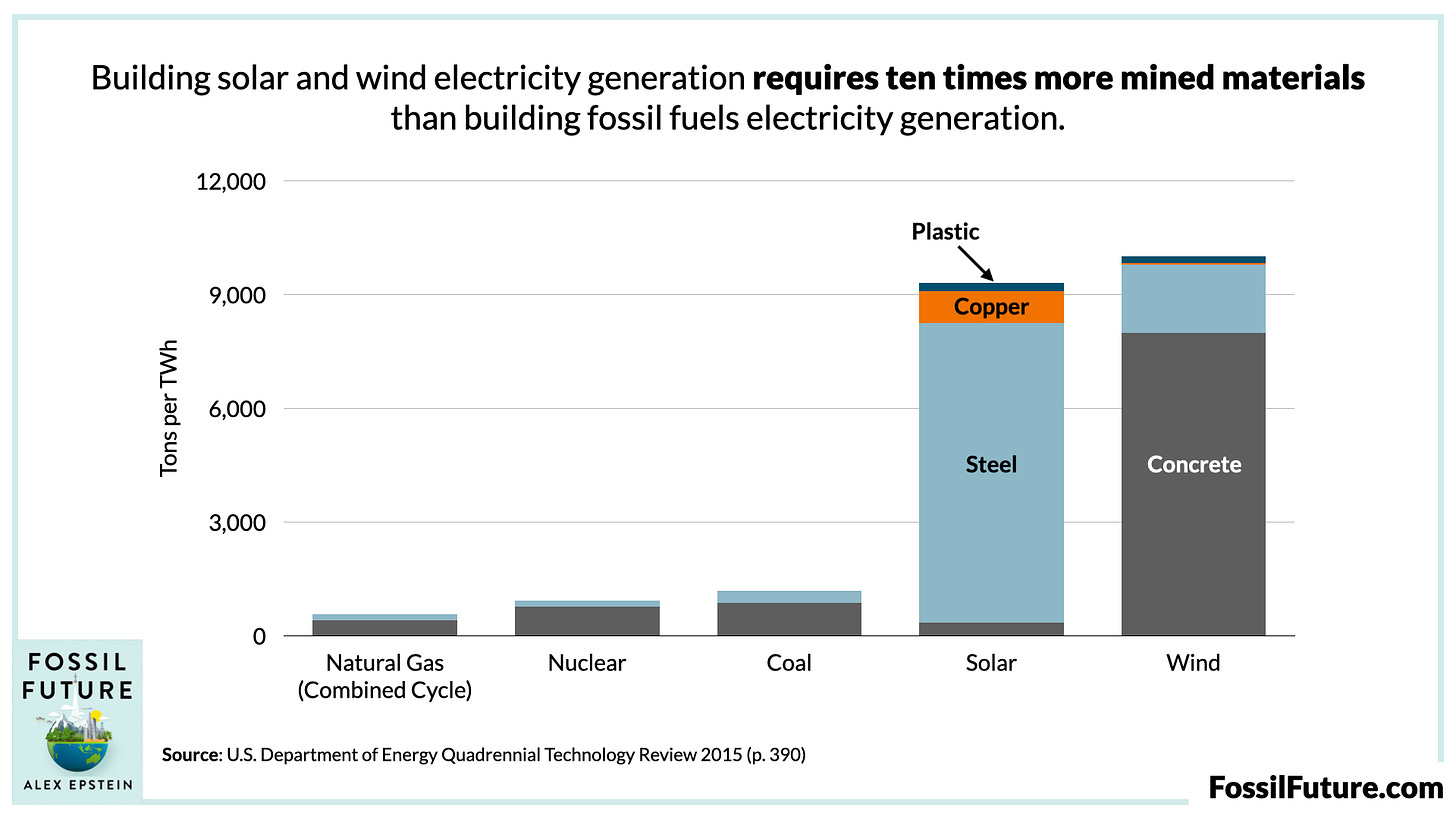
-
Consider the land use requirements of solar. The world uses over 165,000 TWh of energy per year, which requires ~19 billion kW of power on average. An optimistic, real-world power density for solar projects is 10 Watts per square meter. To power the world, you’d need ~1.8 million square kilometers of solar PV projects.5
-
If 1.8 million square kilometers of solar panels doesn’t seem like much, note that it is more than all cities, towns, villages, and human infrastructure combined (~1.5 million square kilometers). And this excludes the huge footprints of solar and battery mining, manufacturing, and transmission.6
-
Consider the mining requirements of solar, wind, and batteries.
An International Energy Agency projection for a “net zero” scenario shows an increase in mining and processing of minerals such as lithium, graphite, nickel, and rare earths by 4,200%, 2,500%, 1,900%, and 700% by 2040.7
-
Note: The mining and processing of various minerals necessary to supply today's material-hungry solar, wind, and battery schemes are mostly outsourced to China and other developing countries because they would be cost-prohibitive under Western “green” policies.8
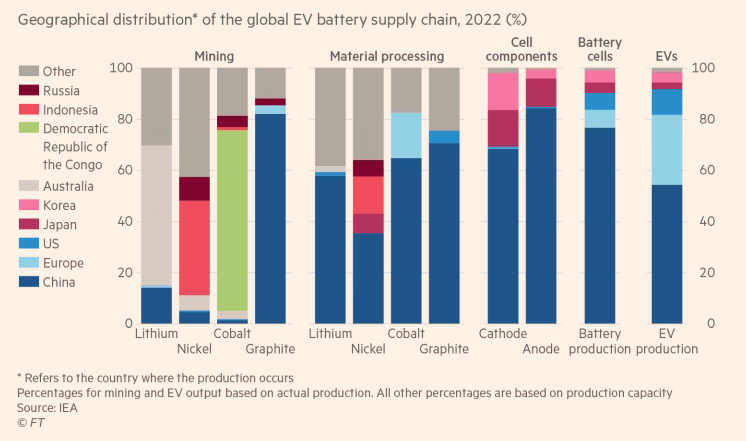
-
Because “green energy” has so much environmental impact, even on today’s small scale it faces huge “green” opposition to its land use, mining, and transmission-line-building requirements. E.g., the Biden administration recently shut down a prime “green energy” mining site in Minnesota.9
-
If “green” solar and wind aren’t really energy, and if they have so much environmental impact that the “green” movement opposes them in practice, then why does the green movement so enthusiastically support them rhetorically? To hide its real goal: radically reducing energy use.
-
“Green”—“minimal human impact”—is a fundamentally anti-energy idea. Energy is “the capacity to do work,” which means transforming—impacting—our environment. More energy use equals more impact. If you don’t want us to impact Earth you ultimately must oppose every form of energy.
-
The fundamental hostility of the “green” movement to energy explains why throughout its history it has never supported current, cost-effective sources of energy and only “supported” imaginary sources of energy that might exist in the future.
-
“Green” leaders supported nuclear—until it became cost-effective, at which point they demonized and criminalized it. “Green” leaders supported natural gas—until it became cost-effective on a global scale thanks to shale energy tech, at which point they demonized it as “fracking.”10
-
Because the “green” movement is anti-energy, any enthusiasm its leaders express for fusion is phony; while they may claim to want clean, cheap, abundant energy before it exists, they will not like the impact it has once it exists. And in the past, green leaders admitted this.11
-
Amory Lovins, the leader of the modern “green energy” movement, said in the 1970s: “If you ask me, it'd be little short of disastrous for us to discover a source of clean, cheap, abundant energy, because of what we would do with it.”12
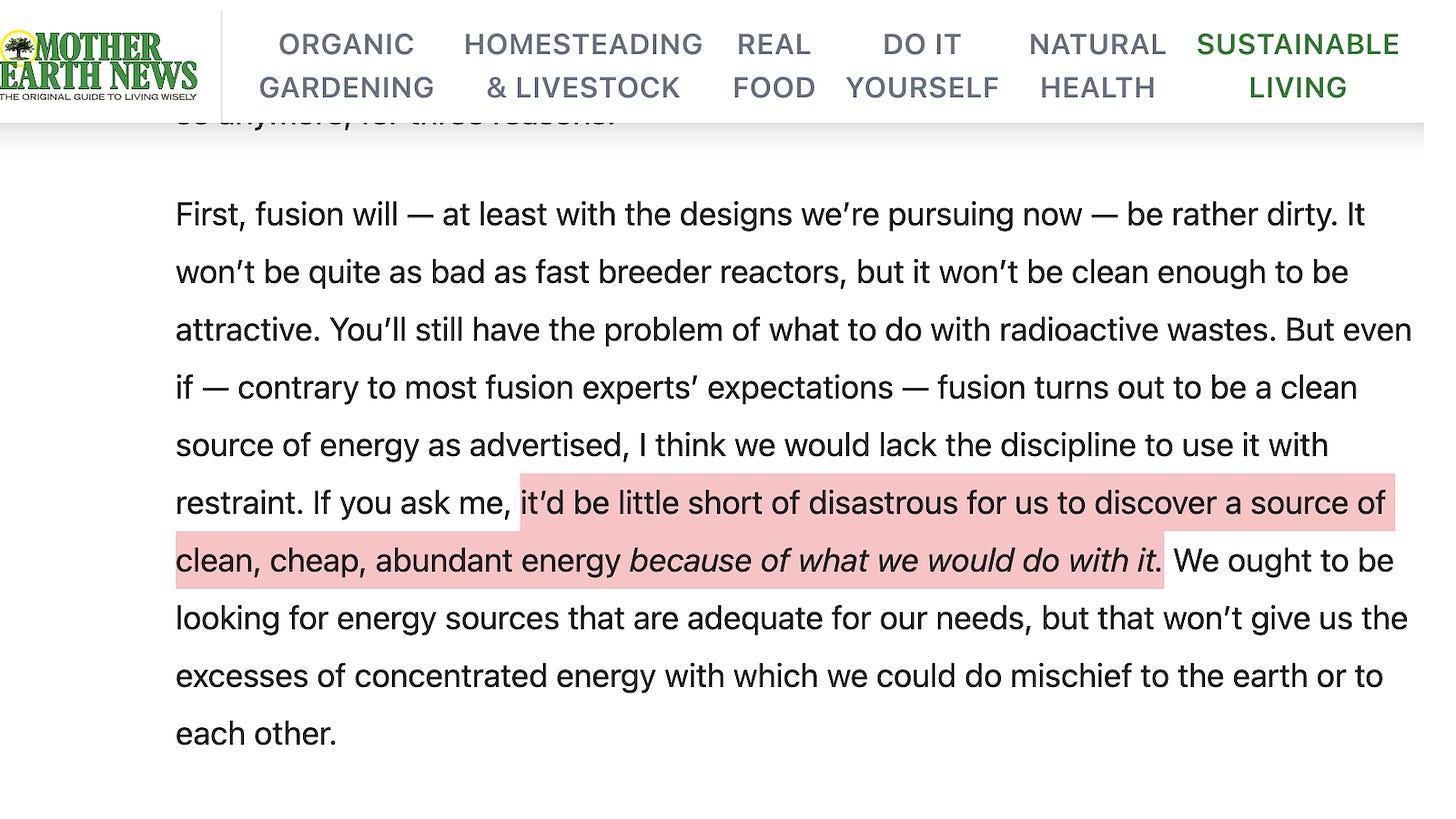
-
When asked in 1989 about the prospect of fusion by the LA Times, Jeremy Rifkin said: “‘It’s the worst thing that could happen to our planet.’ Inexhaustible power, he argues, only gives man an infinite ability to exhaust the planet’s resources, to destroy its fragile balance…”13
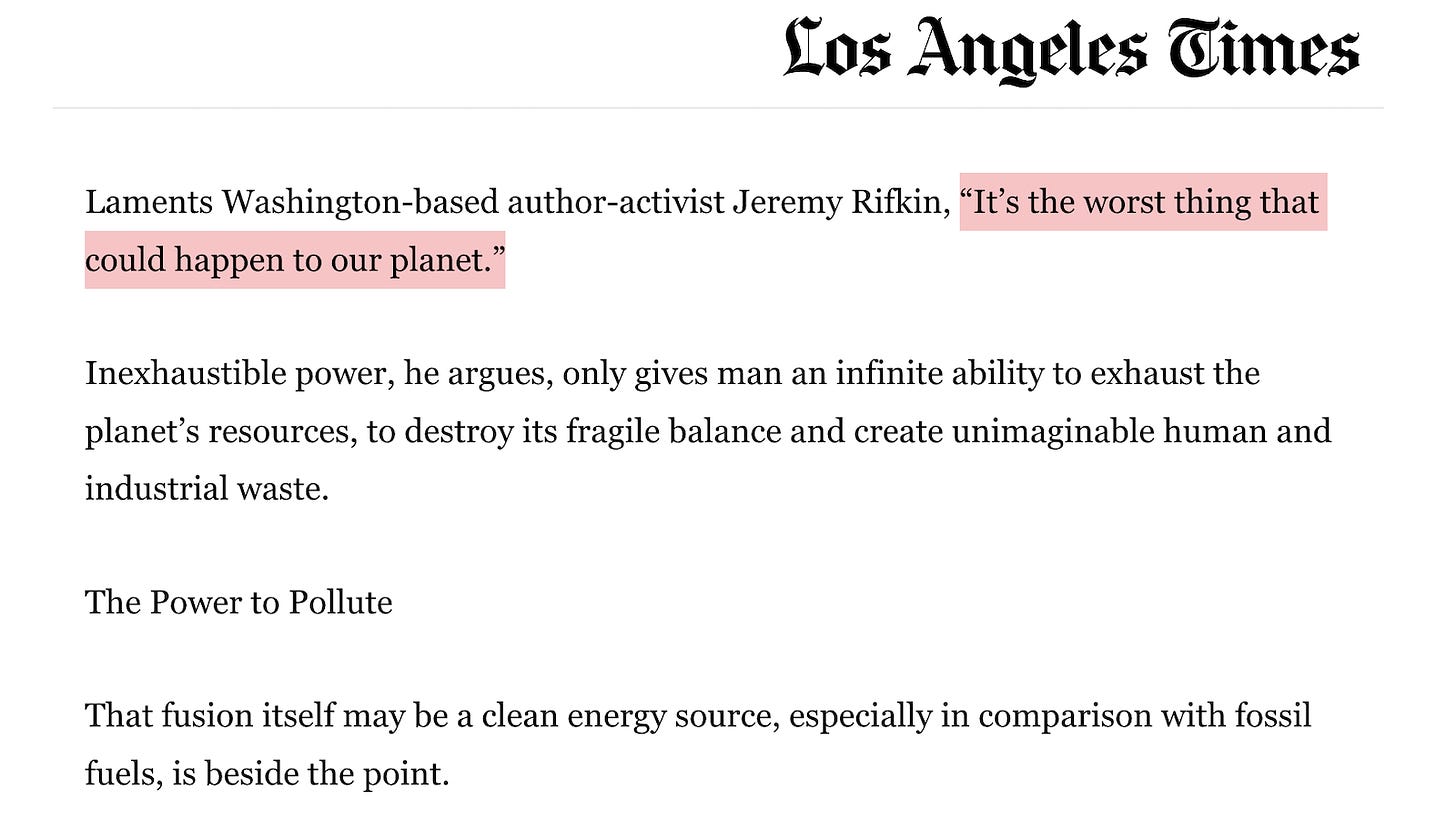
-
When asked in 1989 about the prospect of fusion by the LA Times, leading “green” thinker Paul Ehrlich said that given society’s dismal record in managing technology, the prospect of cheap, inexhaustible power from fusion is “like giving a machine gun to an idiot child.”14
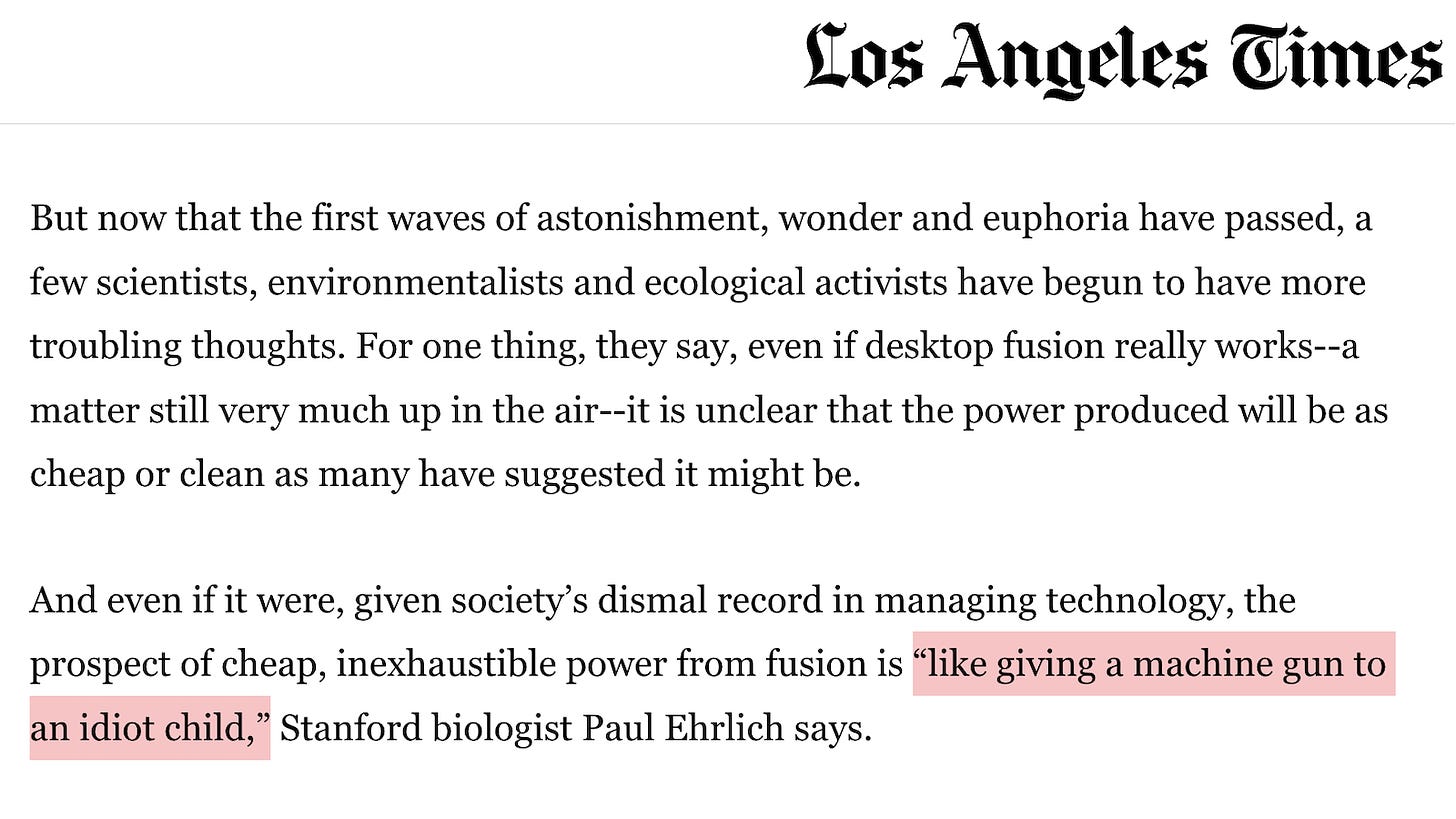
-
The world needs to reject the “green” movement and instead embrace a “human flourishing” movement that embraces intelligent human impact on Earth as a good thing, and that both embraces today’s most cost-effective energy sources—including fossil fuels—and is eager to improve on them.
-
To understand why fossil fuels are so valuable for the foreseeable future, and why their benefits far outweigh their negative side-effects including climate side-effects, read this summary of my book Fossil Future.
###References
-
Denmark is closest to it, getting about 50% of its electricity from wind alone on average over a year. But tiny Denmark needs to import and export massive amounts of electricity to balance its power grid, using reliable capacity in much larger neighboring countries. without this, Denmark would have permanent blackouts.
Danish Energy Agency - Energy statistics 2021↩ -
Alex Epstein - Refuting the myth that just a small area of solar panels plus storage can power the world↩
-
U.S. Department of Energy Quadrennial Technology Review 2015 (p. 390)↩
-
BP - Statistical Review of World Energy
Miller and Keith - Corrigendum: Observation-based solar and wind power capacity factors and power densities↩
-
The world has a land area of almost 150 million square km. Only about 1% are “built-up” areas like villages, towns, cities, and other human infrastructure.
-
Mark Mills - The “Energy Transition” Delusion A Reality Reset↩
-
Financial Times - How China is winning the race for Africa’s lithium↩
-
Reuters - Biden administration kills Antofagasta's Minnesota copper project↩
-
Michael Shellenberger - Why Renewables Advocates Protect Fossil Fuel Interests, Not The Climate↩
-
Mother Earth News - Amory Lovins: Energy Analyst and Environmentalist↩

